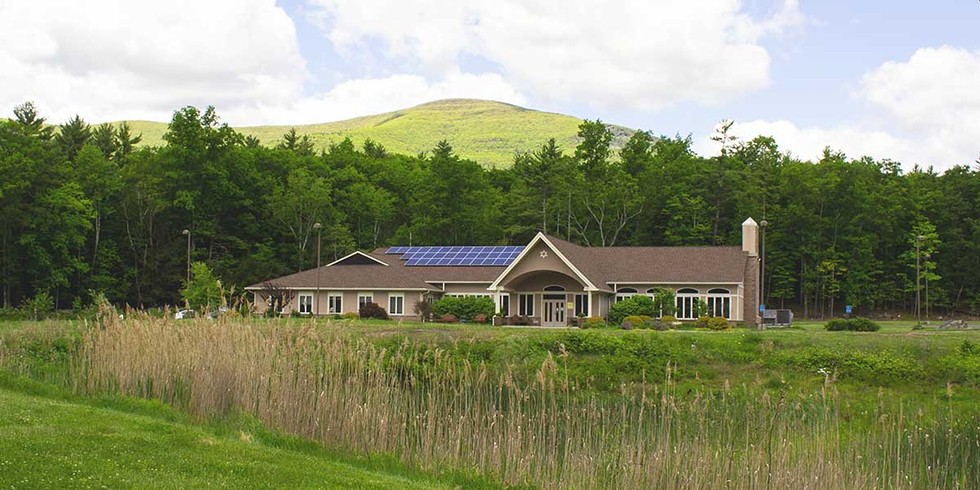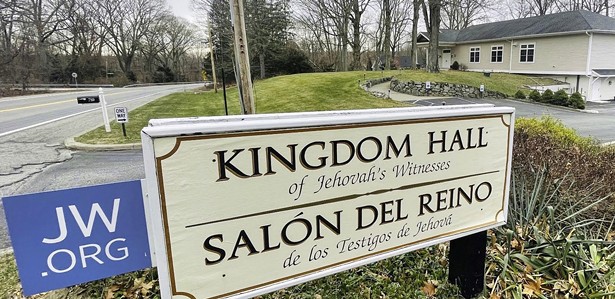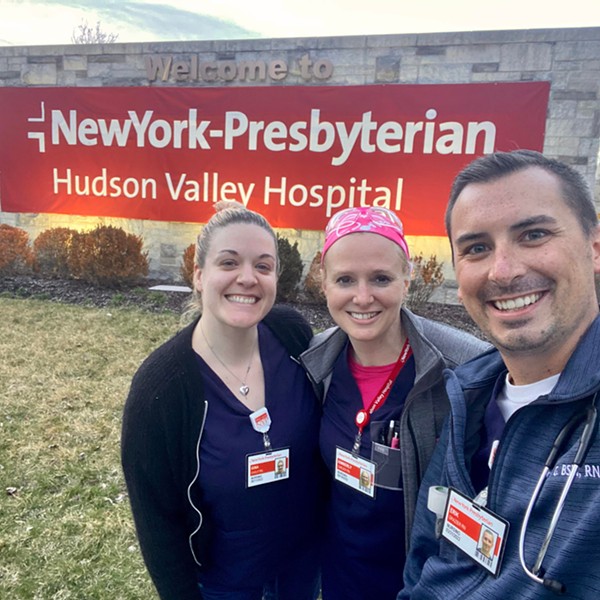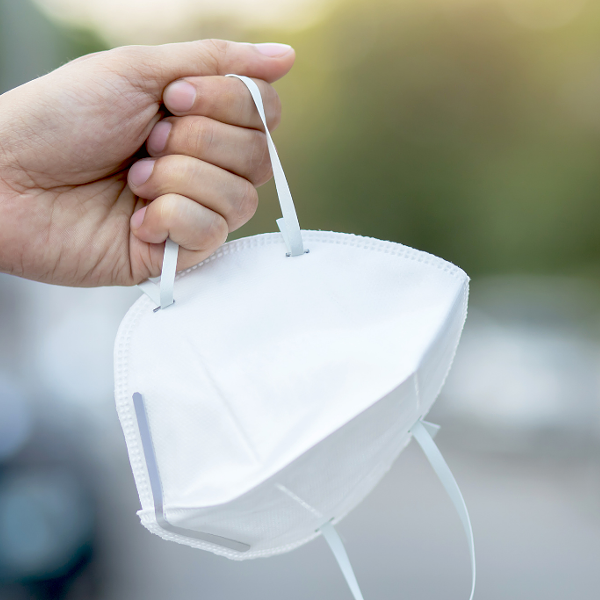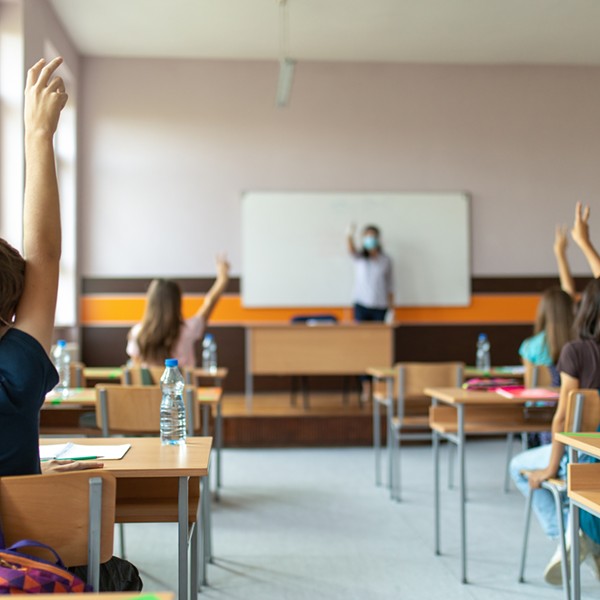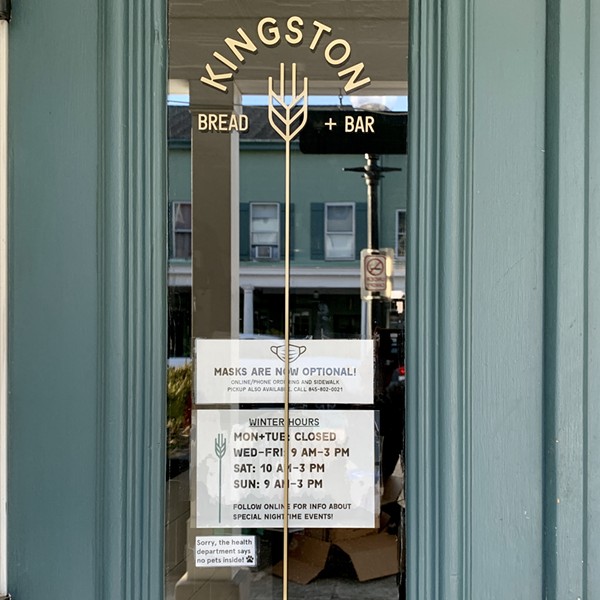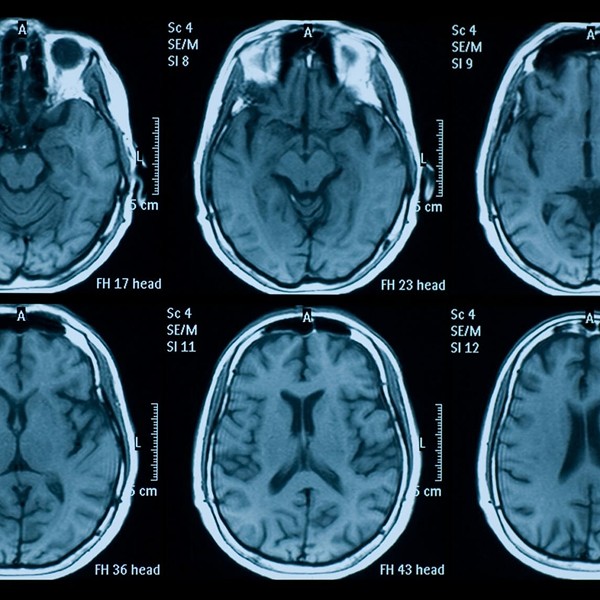For centuries, churches have been community hubs where people gathered to worship, commune with God, and socialize with neighbors. Often historical landmarks, they are traditionally the setting for some of life’s most memorable milestones: baptisms, weddings, funerals. These buildings—whether large or small, ornate or plain—have symbolized community and provided a safe haven in times of world distress.
But since March, the COVID-19 pandemic has forced religious leaders to think outside the box—and in some cases, outside the building. To comply with safety protocols, houses of worship that were once packed have now closed their doors or reduced capacity, installing handwashing stations and implementing strict regulations like mandatory mask wearing.
In November, the Supreme Court had to step in to referee an attendance kerfuffle that put the First Amendment at odds with public safety. Two applications went before the court: one filed by the Roman Catholic Diocese of Brooklyn, the other by two synagogues, an Orthodox Jewish organization, and two individuals. The applications claimed that attendance restrictions imposed on religious services by Governor Andrew Cuomo violated the First Amendment’s protection of the free exercise of religion. The court sided with the petitioners, 5-4, barring restrictions on religious services.
In December, there was a somewhat different outcome when religion was again a subject for the courtroom, this time in the context of schools. In that decision, the Supreme Court ruled that religious schools in Kentucky were not exempt from following an order by the governor to temporarily close schools due to the pandemic.
Virtual Fellowship
Even with precautions taken, the virus knows no boundaries. A confirmed case of COVID-19 closed a mosque in Wappingers Falls in December. A COVID-19 advisory from the Mid Hudson Islamic Association dated December 12 states: “Masjid al Noor will be closed effective immediately due to a confirmed case of COVID-19 on Friday, December 11. MHIA administration urges all community members who attended either Jummah yesterday or any salat since then to be vigilant about monitoring themselves for symptoms and getting tested if appropriate.” Previously, the mosque was open, though worshippers were urged to social distance, wear a mask, and bring their own prayer rugs.
After 15 members of a local church assembled to record their service, it was later learned that one of those gathered “was positive for the virus at the time,” according to a December, 28 press release from the Columbia County Board of Supervisors. “There are now five members who have tested positive.”
Looking out upon the diverse religious landscape in the Hudson Valley and Catskills, leaders of different faiths have chosen various ways to keep their congregants connected and safe via video conferencing, Facebook Live, and YouTube.
The Woodstock Jewish Congregation synagogue has been closed since March, conducting all its regular worship services online. Rabbi Jonathan Kligler says that during Chanukah, the synagogue celebrated the lighting of candles outside in the parking lot with a limited number of participants, social distancing and mask wearing, as well as providing a nightly ceremony online.
Rising coronavirus cases in clustered Orthodox Jewish areas of New York contributed to Governor Cuomo’s attempt to impose restrictions on traditional in-person attendance at religious services. Representing Progressive Judaism, Rabbi Kligler says that worship doesn’t have to be an in-person meeting, and that to require that during a pandemic is “highly irresponsible.”
“In the Jewish tradition, if someone is fasting on Yom Kippur, you are supposed to fast—that’s the requirement,” Kligler says. “But if you are endangering your health, you are required to eat. In the Jewish world, following a religious precept should not be endangering your health or your life. That’s why I don’t understand the difficulties that many traditional Jewish communities are having with overriding the usual requirements for worship. I think Judaism speaks directly to that question and I don’t understand their resistance.”
In Beacon, the parish of St. Joachim-St. John the Evangelist Roman Catholic Church falls under the jurisdiction of the Archdiocese of New York. These two buildings act as one parish, offering both in-person and online worship services.
Following state protocols, masks are mandatory. Ushers show congregants to their pews with six-foot spacing between persons. The pews are disinfected before and after services. Instead of 200 in attendance, each building allows about 50. The number of Christmas services was increased to 13 from seven to accommodate the reduced number of people allowed for each Mass. The Communion consists of just the host, or bread. There is no line to receive wine from the chalice. The priest sanitizes his hands immediately before and after communion, which is administered to those in attendance without leaving their seats.
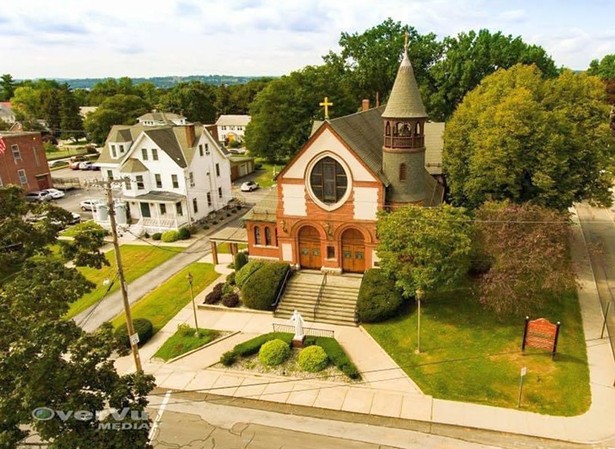
“We’ve been so careful here,” says Father Richard Smith. “We have followed state guidelines to a ‘T.’ Everything we’ve been asked to do, we’ve done. It’s been a lot of work for us, a lot of pressure on us. We care about our people. We care about public health and public safety, and you can have both if you are responsible.”
The parish streams one service on Facebook every Sunday. “We want to make sure that people still feel connected. These are people who are like family. You don’t want anyone to get sick.”
Reverend Antonio Booth is a moderator for the Hudson River Frontier Missionary Baptist Association, consisting of 22 churches from Glens Falls to Catskill. “Every Baptist Church is autonomous,” says Booth. “Each church has to decide how and when they want to open. Some of our Baptist churches are still not open, because they don’t feel comfortable opening their buildings. They have to go on the needs of that congregation and the leadership of that congregation, so there’s no cookie-cutter answer.”
Regarding churches in general, Booth says, “I think that churches are playing with fire if they snub their nose at CDC requirements. Even Pastors have gotten COVID. I am concerned about churches with spiritual leadership who hide behind religious freedom when it comes to this.”
Booth is also co-pastor of the Riverview Missionary Baptist Church in Coeymans with his wife, Roxanne. They use Facebook Live for virtual worship along with in-person attendance, following COVID-19 safety protocols. For communion, they provide “prepackaged communion cups—wafer on top, juice cup attached to it. A person can get the communion cup and open it themselves,” says Booth.
“I do agree with Governor Cuomo that we need to keep people safe,” says Reverend John Hoeldtke of the First Presbyterian Church in Monroe. “I don’t think our religious freedoms are infringed upon when we have a public safety issue. I think the most responsible thing and the most loving thing is to make sure people are taken care of—that’s my job. So I’m going to follow the advice of people who know better.
“We have two kinds of authority that we appeal to,” Hoeldtke adds. “One is the Hudson River Presbytery. They put out guidelines for congregations moving back toward meeting in the church. Our presbytery has been conservative in encouraging churches to go back to in-person worship.”
The Hudson River Presbytery is spread across eight counties and 77 congregations in New York. “We have also been following the NY Forward guidelines and have our own church policies posted,” Hoeldtke says. “For our preschool, we’ve been following our local school’s policies on returning back to school. So when the Woodbury-Monroe School District went remote for two weeks after Thanksgiving, we did, too. We’re nonprofit, so it wasn’t a business decision, it was a safety decision.”
The African Methodist Episcopal Zion Church of Newburgh headed into the pandemic with a conference call devotional time in March, encouraging congregants to visit the CDC website to learn how to cope with the coronavirus. Putting safety first, the church states on its website:
“Due to the coronavirus, all worship services have been cancelled until further notice.”
In the Hudson Valley, there are over 140 congregations of Jehovah’s Witnesses and more than 16,000 congregants attending virtual meetings by Zoom, according to the United States Branch located in Wallkill. “The reason we’ve used Zoom for the most part is because our meetings are not simply lecture-based; most of our meetings are discussion-based,” says Robert Hendriks, national spokesman for Jehovah’s Witnesses.
And, that’s not only in the Hudson Valley. Jehovah’s Witnesses have taken a unified approach nationally and globally in dealing with the pandemic. “By mid-March, we basically suspended all public meetings in the branch territory of the United States, which covers about 1.3 million publishers and 13,000 congregations, and we also suspended our public ministry,” says Hendriks.
With nearly 6,000 public conventions planned around the world in 2020, the Witnesses decided in April to cancel their global, in-person conventions and go to a virtual format. Hendriks says that three days of programming were recorded and translated into more than 500 languages.
“We value life. You can’t say you value life if you’re not going to protect yourself and your neighbor in a time of pandemic,” says Hendriks. “It’s the Bible principles that always guide what we do. So, when the law says you can’t meet because there is a pandemic, we follow the law. But the principles were already in place to move us to a decision like that.”
Heading into 2021, Jehovah’s Witnesses in the Hudson Valley may not be standing at your door, but they will be keeping their doors open—online. “What has become very clear in this situation is that spirituality is not about a building, it’s about our relationship with our creator and with our fellow worshipers,” says Hendriks. “You can have relationships with both without going to a place; you can have relationships with your neighbor without knocking on their door. We think, in many ways, we have forged a new path here, in that we’ll never be the same as an organization. We are now equipped to embrace more congregants and a ministry that is more in line with the 21st century. We are accomplishing much and staying safe. That’s the key.”







